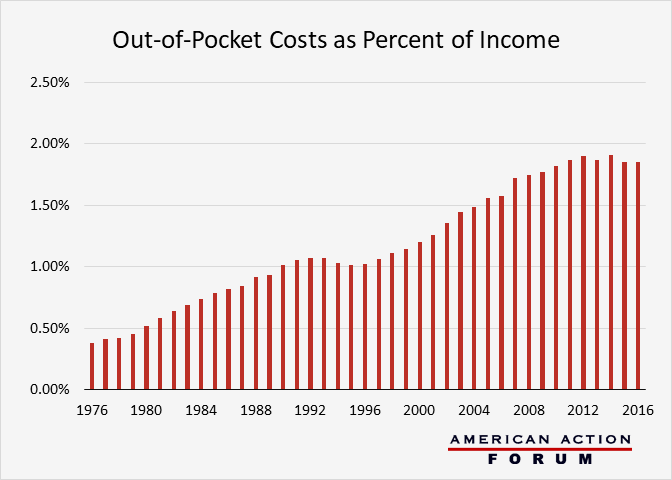Weekly Checkup
March 30, 2018
The Need for Medicaid Reform Isn’t Going Away
Today, almost 70 million Americans receive their health care through Medicaid. There are myriad implications of this fact, and ample room for debate about the appropriate role and size of the social safety net in American society. But one implication, as The Wall Street Journal noted this week, is that state budgets are increasingly squeezed by Medicaid costs.
As ever more Americans are covered by Medicaid—which is jointly funded by the federal and state governments—and health care costs continue to rise, states are struggling to make ends meet. According to the WSJ, one-fifth of state and local tax revenue is used to finance Medicaid and pension obligations, which is the highest share in over 60 years. States don’t have the option of operating with long-term deficits, as the federal government can. Yet 22 states faced budget deficits last year, thanks in part to growing Medicaid costs—despite the fact that the federal government now covers 63 percent of the program’s expenses. In 1966, the program’s first year, expenditures were $900 million. In 2017, total Medicaid expenditures were more than $565 billion.
In this context, congressional attempts to reform Medicaid last year amid the larger Affordable Care Act repeal/replace effort seem quite reasonable. However, a strong case can me made that attempts to reform Medicaid were one of the most significant obstacles to passing either the American Health Care Act or the Better Care Reconciliation Act.
The politics surrounding Medicaid reform are difficult, no question—nobody wants to throw poor people off of their insurance. But the long-term budgetary challenges presented by sticking our collective heads in the sand are worse than the political challenges. Both the House and the Senate made serious efforts at Medicaid reform last year—detailed by AAF’s Tara O’Neill Hayes here and here. And while those reforms shipwrecked on the shoals of political expediency, Congress can’t walk away from this debate. Medicaid needs reforming; eventually fiscal reality will leave us no choice.
Chart Review
Jonathan Keisling, Health Care Policy Analyst
This chart shows how per capita out-of-pocket spending on personal health care has increased over time, relative to median household income. By this metric, out-of-pocket spending has more than quadrupled since 1976; these data, however, are merely one piece of much larger narrative on how health care spending has changed over time.
From AAF
The Labor Force and Output Consequences of the Opioid Crisis
Worth a Look
Reuters: FDA expands use of Amgen leukemia drug Blincyto to patients with relapse risk
Axios: It only feels like we’re paying more for health care
The Hill: Dems seek to flank Trump on drug prices











